World Bank lowers Mozambique's growth forecast to 3%
Mozambique: Inflation falls to 4% in February year-on-year – INE
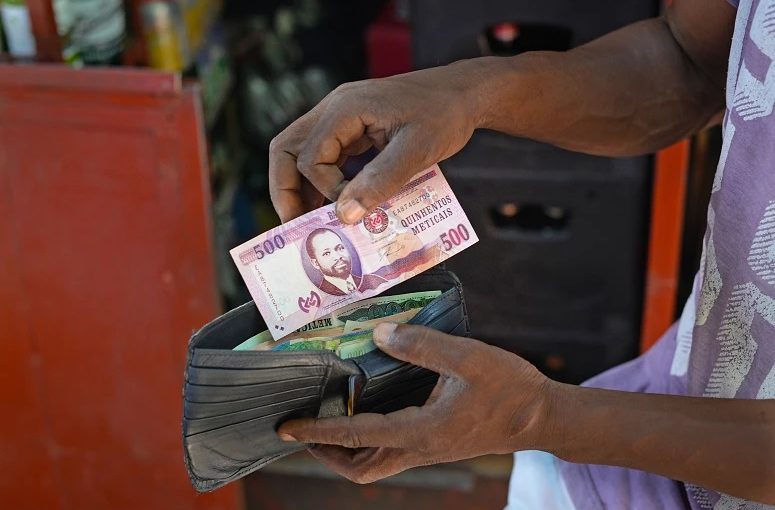
File photo: Lusa
Mozambique recorded year-on-year inflation of 4% in February (compared to February 2023), another consecutive monthly drop, according to data released on Tuesday by the National Statistics Institute (INE).
INE data on the Consumer Price Index (IPC) indicate that Mozambique “recorded an increase in the general price level of around 4.00%” over 12 months, compared to February 2023. Year-on-year (12 months) inflation stood at 4.19% in January, and at 5.3% in December.
“The education and the food and non-alcoholic beverage divisions saw the biggest price rise, varying by 8.61% and 6.89% respectively,” the INE notes in the IPC report.
The INE adds that the country registered a price increase of around 0.47% in the space of one month, compared to 0.93% in January and 1.29% in December.
“The food and non-alcoholic beverages division was the most prominent, contributing to the total monthly variation with around 0.34 positive percentage points,” the report reads.
Mozambique closed the year 2023 with year-on-year inflation of 5.30% and an average of 7.1% over a year, according to previous data from INE, against and official government forecast of 7%.
The Mozambican government announced on February 13 that the country recorded economic growth of 5% in 2023, compared to 4.4% in 2022, highlighting an “economic expansion” that surpassed the regional average of the South African Development Community (SADC).
“Economic growth for 2023 reached 5%, compared to 4.4% in 2022, driven by extractive industries, tourism, agriculture, transport and communications, among others,” government spokesperson Ludovina Bernardo said after a meeting of the Council of Ministers which reviewed the 2023 Economic and Social Plan and State Budget (PESOE).
According to the Mozambican executive, the growth resulted from policies and reforms applied during the year, especially the economic reforms adopted for “greater dynamism” in in private sector economic activities and in attracting investment.
“In this context, a positive trend was observed in average inflation, which registered 7.1% against an initial forecast of 11.5%. Net international reserves were above the three months forecast in PESOE and reached the mark of 4.3 months to cover imports of non-factor goods and services, translating into greater credibility and greater capacity to absorb shocks in the balance of payments,” Bernardo added.


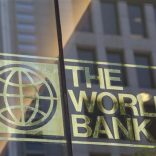

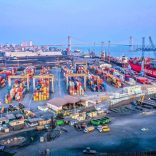


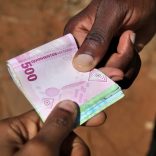



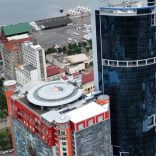

Leave a Reply
Be the First to Comment!
You must be logged in to post a comment.
You must be logged in to post a comment.